Here’s a short preview of some of the finds you can expect during an outing in the Lower Susquehanna River Watershed’s forests this week…






















LIFE IN THE LOWER SUSQUEHANNA RIVER WATERSHED
A Natural History of Conewago Falls—The Waters of Three Mile Island
Here’s a short preview of some of the finds you can expect during an outing in the Lower Susquehanna River Watershed’s forests this week…





















Do you recall our “Photo of the Day” from seven months ago…
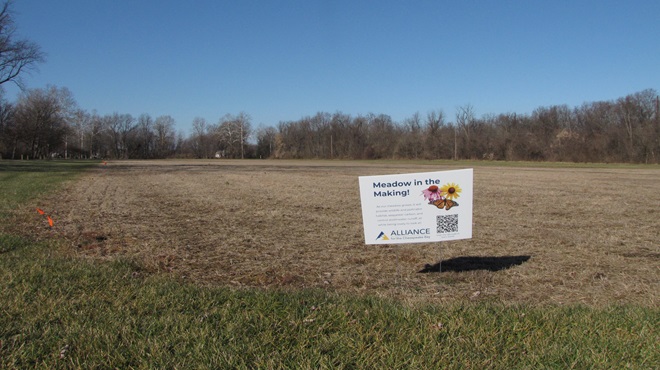
Well, here’s what that site looks like today…


And there are pollinating insects galore, most notably butterflies…


















Why on earth would anyone waste their time, energy, and money mowing grass when they could have this? Won’t you please consider committing graminicide this fall? That’s right, kill that lawn—at least the majority of it. Then visit the Ernst Seed website, buy some “Native Northeast Wildlflower Mix” and/or other blends, and get your meadow planted in time for the 2025 growing season. Just think of all the new kinds of native plants and animals you’ll be seeing. It could change your life as well as theirs.

Flies? Cabbage White butterflies? Can it really be a late-February day? It certainly is. Here are a few more signs of an early spring.
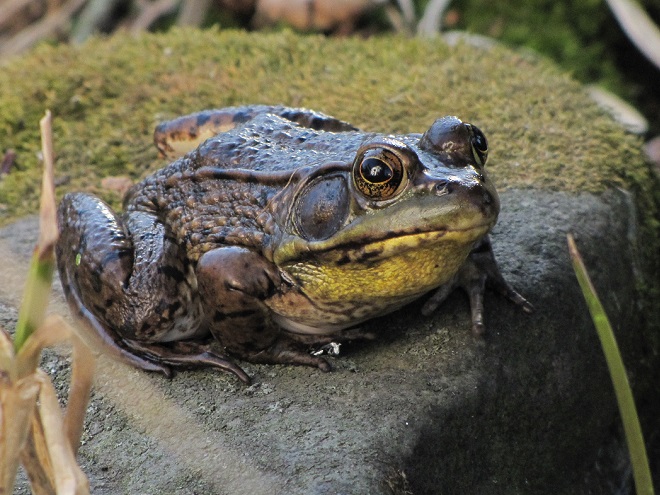
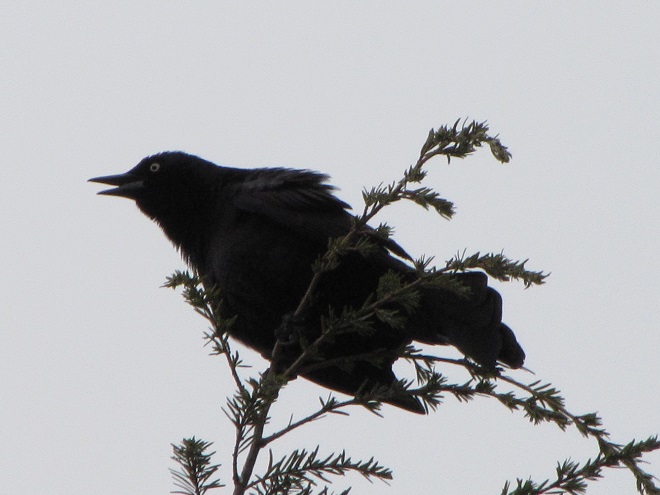
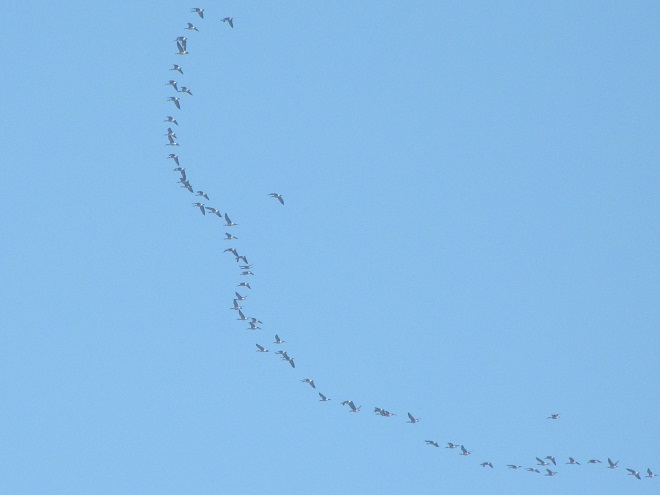
It’s tough being good-looking and liked by so many. You’ve got to watch out, because popularity makes you a target. Others get jealous and begin a crusade to have you neutralized and removed from the spotlight. They’ll start digging to find your little weaknesses and flaws, then they’ll exploit them to destroy your reputation. Next thing you know, people look at you as some kind of hideous scoundrel.
Today, bright afternoon sunshine and a profusion of blooming wildflowers coaxed butterflies into action. It was one of those days when you don’t know where to look first.
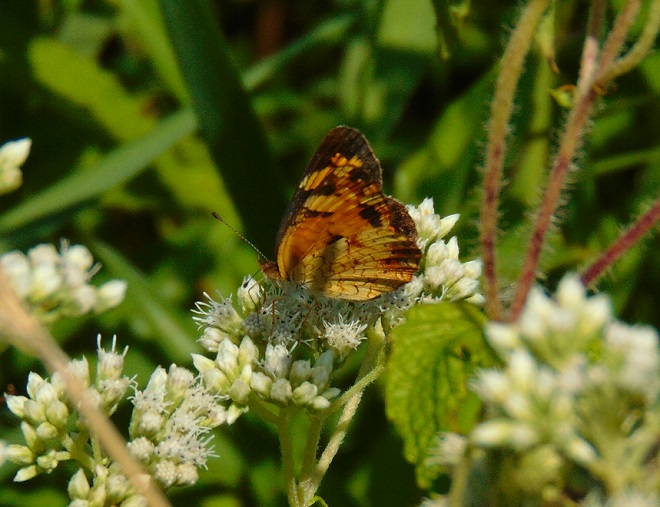

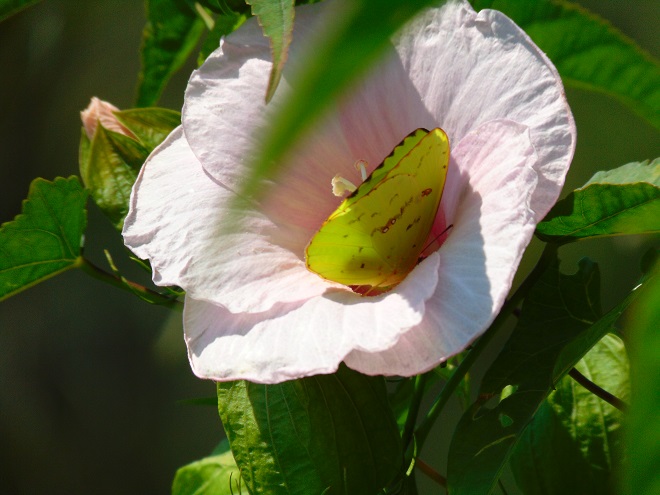
Purple Loosestrife (Lythrum salicaria) has a bad reputation. Not native to the Americas, this prolific seed producer began spreading aggressively into many wetlands following its introduction. It crowds out native plant species and can have a detrimental impact on other aquatic life. Stands of loosestrife in slow-moving waters can alter flows, trap sediment, and adversely modify the morphology of waterways. Expensive removal and biological control are often needed to protect critical habitat.
The dastardly Purple Loosestrife may have only two positive attributes. First, it’s a beautiful plant. And second, it’s popular; butterflies and other pollinators find it to be irresistible and go wild over the nectar.


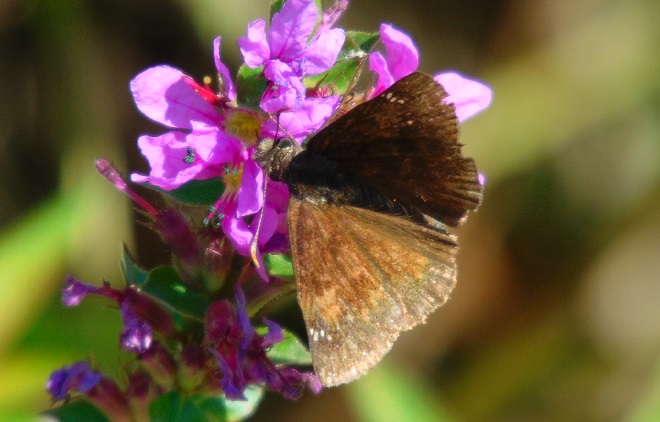
Don’t you just adore the wonderful butterflies. Everybody does. Just don’t tell anyone that they’re pollinating those dirty filthy no-good Purple Loosestrife plants.
SOURCES
Brock, Jim P., and Kenn Kaufman. 2003. Butterflies of North America. Houghton Mifflin Company. New York.
Newcomb, Lawrence. 1977. Newcomb’s Wildflower Guide. Little, Brown and Company. Boston, Massachusetts.